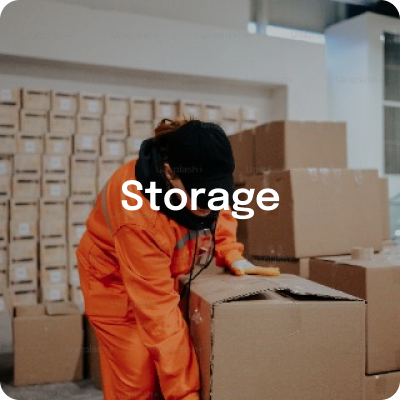
Many people—homeowners, renters, and even small business owners end up misjudging the amount of space they need for storage. The result? Either they’re squeezing too much into a small unit or wasting money on a space that’s way too big. This is where an Area Calculator for Storage comes in.
Why Space Estimation Matters
Choosing the right storage size is not just about how many items you’re storing. It’s about how bulky they are, how you plan to stack or arrange them, and how often you might need to access them.
If you’re storing for a few months, you may not mind tightly packed boxes. But if you need to access files or inventory regularly, you’ll want a walkway or breathing room inside. That’s why using a storage unit size calculator saves you both money and stress.
How Does a Storage Area Calculator Work?
A storage area calculator is a simple tool that estimates the square footage or cubic footage of the storage unit you’ll need, based on your belongings. Here’s how it typically works:
- You select categories – Like furniture, boxes, appliances, or business inventory.
- You enter quantities and sizes – For example, 1 queen bed, 10 medium boxes, 1 refrigerator.
- It calculates total volume – Based on average dimensions, it estimates the space needed.
- Recommends a unit size – Usually in sq. ft. (like 25, 50, 100 sq. ft. units).
Many professional storage companies, like Xtended Space, offer built-in calculators on their website that guide you through this with visuals and smart tips.
Common Storage Unit Sizes and What Fits
Here’s a quick reference to help you understand space better:
- 25 sq. ft. (5×5 unit) – Like a small closet. Good for boxes, small furniture, seasonal items.
- 50 sq. ft. (5×10 unit) – Fits a small room’s contents: mattress, dresser, few boxes.
- 75 sq. ft. (5×15 unit) – Great for one-bedroom apartments.
- 100 sq. ft. (10×10 unit) – Stores items from a two-bedroom flat.
- 150–200 sq. ft. (10×15/10×20 unit) – Good for a small home’s entire contents or office inventory.
But remember sizes are just labels. If you’re storing odd-shaped items (like a bicycle, mannequins, or instruments), it’s better to go with a calculator than just guesswork.
Tips to Make Space Work Smarter
Once you know the area you need, don’t stop there. Maximize your space with a few smart tricks:
- Disassemble furniture – Beds, tables, and shelves take up less space when flat.
- Use uniform boxes – Stack easier, safer, and more compactly.
- Label everything – Saves time and avoids unpacking chaos later.
- Leave access paths – If you’ll need frequent visits, a narrow walkway helps.
And if you’re storing something special—like documents, electronics, or artwork—opt for climate-controlled storage or extra packaging layers.
For Businesses: Calculating Inventory Space
If you’re a business storing stock, packaging, or equipment, your needs are a bit different. Think in cubic volume, not just floor area. Consider how high you can stack, your access frequency, and if the inventory will rotate.
Some storage providers like Xtended Space even offer tailored B2B storage with pickup, inventory tracking, and access reports.
When in Doubt, Ask the Experts
You don’t have to do all the math. Good storage companies understand that customers need guidance. Just provide them with:
- A list of your items
- Your expected storage duration
- Whether you need regular access
They’ll often guide you to the right size—or offer flexible plans that allow upgrades or downsizing without penalty.
Final Thought
Whether you’re decluttering your home, moving across cities, or storing inventory during an office shift—knowing your space requirement is the first step. The good news? You don’t need to be a mathematician.
Just trust the area calculator. It saves you time, cost, and the frustration of getting it wrong.
Because the only thing worse than no space—is too much unused space that keeps costing you.
FAQs
Q1: What if I underestimate my storage needs?
Ans: It’s okay. Most providers can upgrade your unit quickly. However, it’s smarter to use a calculator or talk to the support team to avoid hassle.
Q2: Can I store more in a smaller space by stacking?
Ans: Yes, but only up to a point. Heavier items at the bottom, lighter ones on top. Over-stacking can damage items or make retrieval hard.
Q3: What’s the best way to calculate space for boxes?
Ans: Count the number and size of boxes. Use a calculator that factors in stacking and layout patterns (like cube-style vs. shelf-style).
Q4: How do I estimate space for odd items like bicycles or ladders?
Ans: Choose a calculator that includes “irregular items” or consult with the provider to suggest customized unit sizes.
Q5: Do business storage needs differ from personal ones?
Ans: Yes. Businesses need space not just for volume but for ease of access, stock rotation, and sometimes, document compliance.







